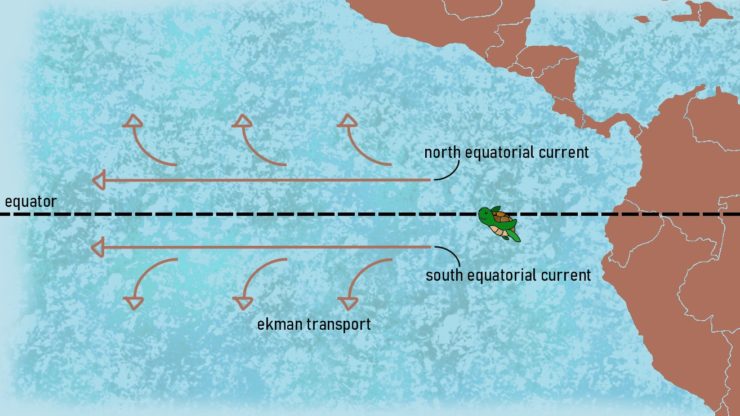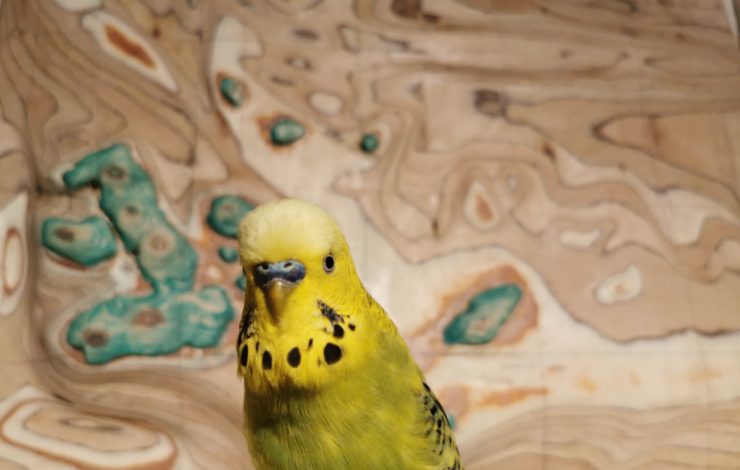All posts
A welcome to the Galapagos Islands from behind our home desks
Done my morning yoga, whistled at my parakeet, put on my slippers and took a cup of tea upstairs to my ‘office’. A very normal start of the day in these very abnormal times. I turn on the computer and work through my email. Almost every single reply is messaged to a person that I so far only met via Skype, Zoom or Teams. Sharing all these wonderful ideas on how to make the Galapagos Islands plastic free, hoping that we can execute them as soon as things are back to normal.
Luckily, as ocean scientists who are primarily using ocean models, we can do the majority of our work perfectly from home as long as the Wi-Fi connection holds up. We have our ocean models and have special software with which we can study the movement of virtual pieces of plastics through the oceans. This can help us to understand where the plastic is coming from and where it is likely that plastic will wash ashore on the Galapagos Islands.
If there is one place on earth where you would not expect to find much plastic on the beach, it would be the Galapagos Islands. Both the islands and the surrounding ocean are a UNESCO World Heritage Site and are therefore heavily protected. Furthermore, the Galapagos Islands are located at the equator. Due to the trade winds, ocean currents generally move away from the equator, so most of the plastics entering the oceans from the coasts of North- and South-America does not reach the islands.

As the trade winds blow from east to west, they drive ocean currents to the right (in the northern hemisphere) or to the left (in the southern hemisphere) due to the rotation of the earth. This is the so-called Ekman transport. Therefore, the equator is a region with diverging ocean currents.
Unfortunately, there is quite a lot of plastic to be found on even the most remote beaches on the Galapagos. During a large campaign in 2019, more than 9000 kg of garbage was collected from 54 different sites on the islands. More than 90% of this garbage were plastic objects. To make clean-up activities like these as efficient as possible, it would be great to know where and when to expect most plastic to arrive on the islands. So that is where we, sitting behind our desks with our slippers on, can help.
We would like to take anyone interested along on this journey towards a plastic free Galapagos. The progress of our work can be followed on this blog and we welcome you to browse our website to find more information on the project. For now, I can only say:
‘keep healthy and use this time at home to spark your creativity!’.

My parakeet started to teach me all the names of the different islands of the Galapagos. Unfortunately, he is not able to visit the islands himself, as he would probably be classified as an invasive species.

